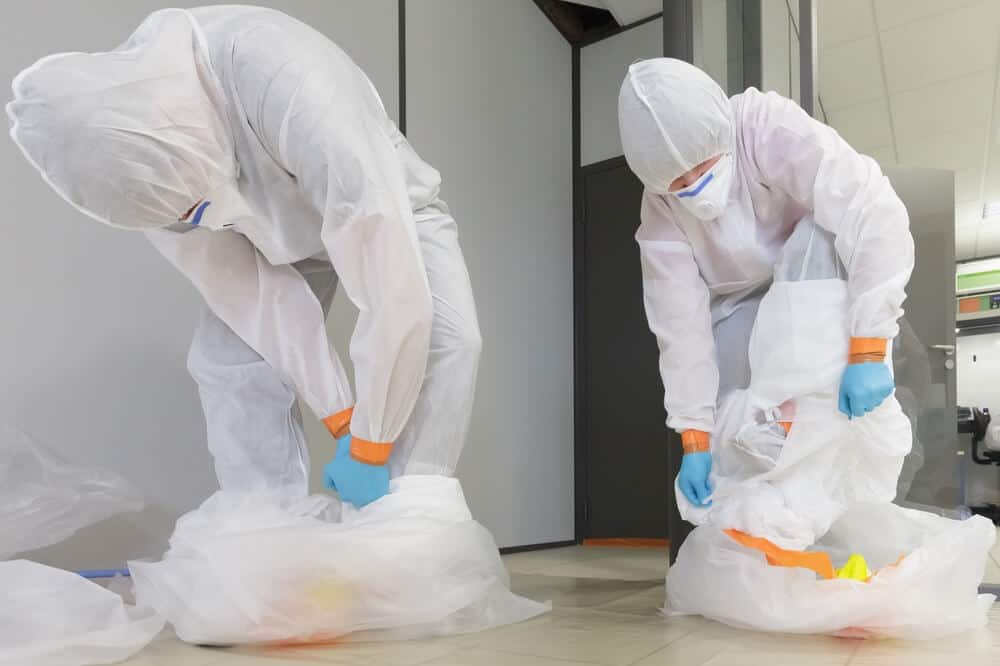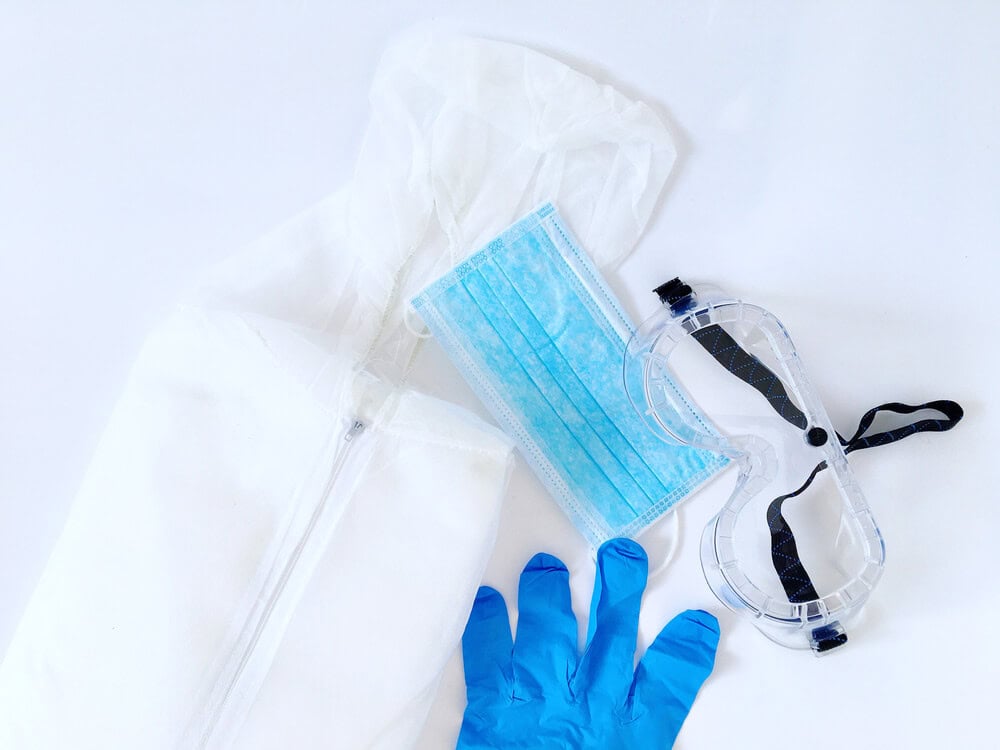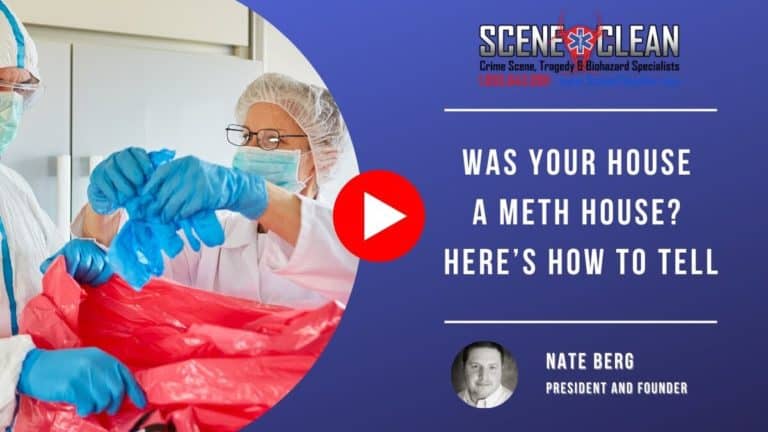In today’s ever-changing landscape, where personal protective equipment (PPE) has become an indispensable part of our daily lives, ensuring proper disinfection is not just a task but a responsibility. Whether you’re a healthcare professional on the front lines or an everyday individual navigating public spaces, the cleanliness of your PPE can significantly impact your safety and that of those around you. Let’s investigate deeper into the essential steps on how to disinfect your personal protective equipment effectively.
Understanding the Importance of PPE Disinfection

The significance of disinfecting PPE cannot be overstated. Beyond mere hygiene, proper disinfection is crucial for maintaining the integrity and efficacy of your protective gear. By eliminating harmful pathogens and contaminants, you not only reduce the risk of infection but also extend the lifespan of your equipment, ensuring its reliability over time.
Prioritizing Cleaning Before Disinfection
Before embarking on the disinfection process, it’s imperative to prioritize cleaning your PPE thoroughly. This initial step is often overlooked but is fundamental for the subsequent disinfectant to work effectively. Take, for instance, the cleaning of a respirator. Beginning with a thorough washing using a surfactant removes dirt, oils, and bodily fluids, and other debris, thereby preparing the surface for optimal disinfection.
Choosing the Right Disinfectant: Diluted Bleach
When you want to disinfect your personal protective equipment, you need to select the proper disinfectant. When it comes to selecting a disinfectant for your PPE, diluted bleach stands out as a highly recommended option by the Centers for Disease Control and Prevention (CDC). The proper dilution ratio typically ranges from a third cup to one cup per gallon of water. At the CDC, we adhere to the one cup per gallon ratio as it has demonstrated efficacy in combating a wide range of pathogens.
Proper Application Techniques
Once the bleach solution is prepared, it’s crucial to ensure the proper application of the disinfectant. Submerge the PPE item in the solution for a minimum of 10 minutes, allowing sufficient time for the disinfectant to penetrate and neutralize any remaining pathogens. After the designated time, remove the PPE from the solution and thoroughly rinse it off to eliminate any residual bleach and prevent skin irritation.
Time Limit and Storage Considerations
An often overlooked aspect of disinfection is the time limit and storage of the bleach solution. It’s essential to note that once the bleach water is mixed, its effectiveness diminishes over time. The solution remains potent for only 24 hours, after which it gradually loses its disinfecting power. Therefore, it’s advisable to prepare the solution as needed and avoid storing it for extended periods.
In Summary

When you disinfect your personal protective equipment, it is not just a routine task but a critical component of ensuring safety and well-being in today’s environment. By following these simple yet essential guidelines—prioritizing cleaning, selecting the right disinfectant, ensuring proper application techniques, and adhering to time limits and storage considerations—you can effectively mitigate the risk of infection and protect yourself and others from harm.
Remember, the care and maintenance of your PPE are paramount in safeguarding your health and that of those around you. By incorporating regular disinfection practices into your routine, you contribute to creating a safer and healthier environment for all. So, take the necessary steps to disinfect your PPE diligently and stay safe in any setting. If you have any questions or need assistance, don’t hesitate to contact Scene Clean today.






